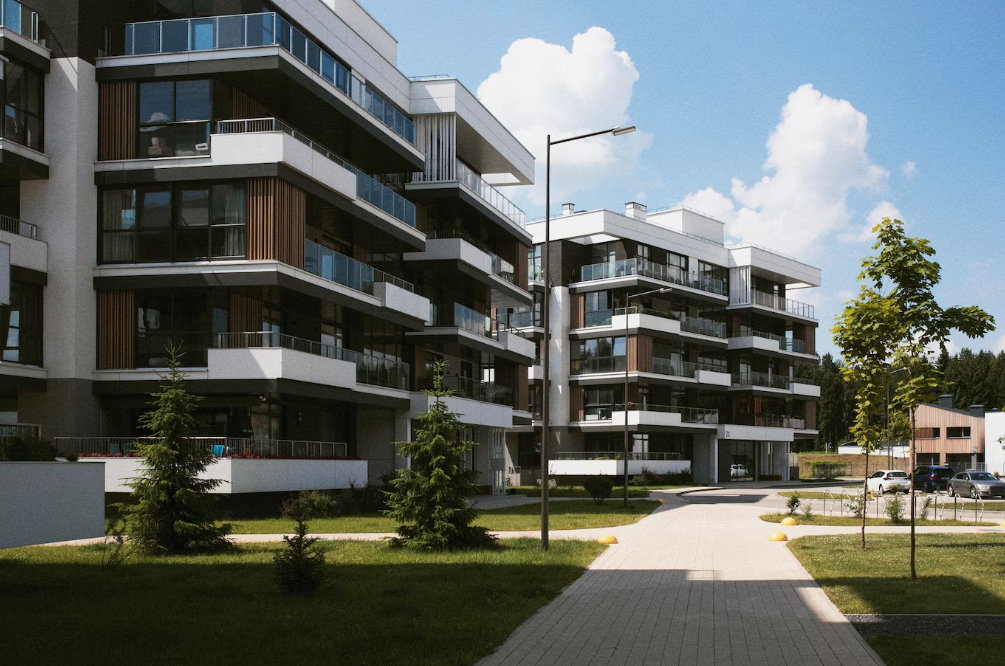The real estate sector has a profound impact on the environment, accounting for significant energy consumption and carbon emissions. In recent years, the demand for sustainable properties has grown dramatically, driven by increasing awareness of climate change and the financial advantages of eco-friendly design. Sustainable real estate encompasses practices that minimize environmental impact while maximizing energy efficiency and occupant well-being. Developers are increasingly adopting green building certifications, such as LEED, as benchmarks for sustainability, signaling a commitment to environmental stewardship and long-term value creation.
Energy efficiency is at the heart of sustainable real estate. Modern developments integrate advanced insulation, energy-efficient windows, and smart climate control systems to reduce energy consumption. Renewable energy sources, particularly solar and wind, are also becoming standard features, lowering utility costs and reducing dependence on nonrenewable resources. For property owners, these upgrades not only lead to significant savings over time but also enhance property values, as demand for sustainable homes and offices continues to rise.
Water conservation is another key component of sustainable building practices. Innovative systems such as rainwater harvesting, greywater recycling, and drought-resistant landscaping help reduce water usage and associated costs. In regions where water scarcity is a pressing issue, these measures can significantly enhance a property’s appeal and resilience. Beyond functional benefits, sustainable landscapes also contribute to biodiversity, creating greener and more livable urban environments.
Sustainability in real estate extends beyond individual properties to entire communities. Urban planners are prioritizing walkable neighborhoods with access to public transportation, reducing reliance on cars and decreasing greenhouse gas emissions. Mixed-use developments that integrate residential, commercial, and recreational spaces foster a sense of community while reducing the environmental footprint. By creating spaces that promote healthy living and social interaction, sustainable real estate plays a crucial role in improving overall quality of life.
Looking ahead, the adoption of sustainable practices in real estate is expected to accelerate as both regulations and consumer preferences shift toward greener options. Investors who embrace sustainability are likely to enjoy long-term benefits, including enhanced asset resilience, reduced operational costs, and greater market appeal. Ultimately, building a greener future requires a collective effort from developers, investors, and consumers, working together to create spaces that balance economic growth with environmental responsibility.

